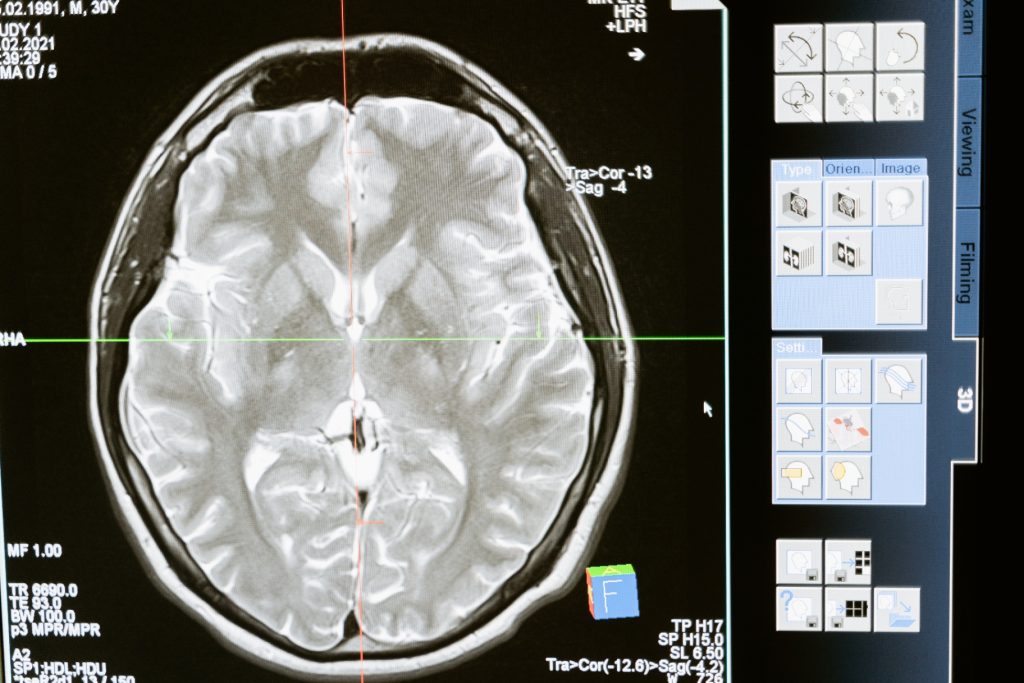There is evidence that suggests that the brains of students with ADHD (Attention Deficit Hyperactivity Disorder) are different from those without the disorder. ADHD is a neurodevelopmental disorder that affects attention, impulsivity, and hyperactivity.
Several studies have shown differences in brain structure and function between individuals with ADHD and those without the disorder. For example, there is evidence of differences in the size and activity of certain brain regions involved in attention, such as the prefrontal cortex, basal ganglia, and cerebellum.
What was found in the research on brain differences pointed to a smaller prefrontal cortex (the front of the brain that deals with Executive functioning skills) and the basal ganglia (responsible primarily for motor control, as well as other roles such as motor learning, executive functions and behaviors, and emotions) in brains of individuals diagnosed with ADHD. Also identified was decreased volume of the cerebellum — all of which play important roles in focus and attention.
Studies have also found that individuals with ADHD have lower levels of certain neurotransmitters, such as dopamine and norepinephrine, which play a role in attention and impulse control.
How Are Low Dopamine Levels Linked to ADHD?
The connection between ADHD and dopamine is a little complicated. The brain makes dopamine naturally. The hypothalamus (in the middle of the brain) and the adrenal glands (small glands at the top of the kidneys) help create and release the chemical.
If an individual is diagnosed with ADHD, they may be low in dopamine but high in something called dopamine transporters. That’s because their low dopamine may actually result from having too many of the transporters that take dopamine out of their brain cells. Those transporters take dopamine away from the brain before the chemical can finish.
Overall, these differences in brain structure and function may contribute to the symptoms of ADHD, including difficulty with attention, impulsivity, and hyperactivity. However, it is important to note that ADHD is a complex disorder with multiple factors contributing to its development and symptoms, and research in this area is ongoing.


